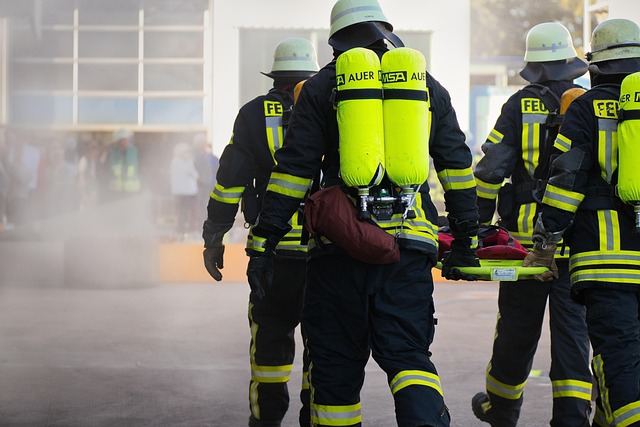Gold Mining Jobs: Roles, Skills, and Industry Overview
Gold mining jobs cover a wide range of occupations across exploration, extraction, processing, and support services within the minerals sector. This article outlines common roles, the skills employers typically seek, how extraction fits into the production chain, and the ways a mining career can develop over time. The aim is to present factual industry information without implying the availability of specific job openings.

What roles exist in gold mining jobs?
Gold mining operations involve many distinct roles. On-site occupations include drill operators, heavy equipment operators, underground miners, and processing plant technicians. Technical roles cover geologists and metallurgists who assess mineral deposits and design extraction and processing methods. Support roles such as maintenance technicians, surveyors, environmental specialists, and logistics coordinators ensure continuous operations and regulatory compliance. Corporate functions — safety officers, procurement, finance, and human resources — support the broader mine lifecycle from planning through closure.
Which skills are needed for a mining career?
A successful mining career typically combines technical knowledge with practical skills. For field roles, competency in operating heavy machinery, basic mechanical troubleshooting, and the ability to read site plans are valuable. Technical professions often require formal qualifications: degrees or certifications in geology, mining engineering, metallurgy, or environmental science. Soft skills such as teamwork, clear communication, and problem solving are important because mining projects are collaborative and safety-critical. Digital skills are increasingly relevant as mines adopt remote monitoring, data analytics, and automation technologies.
How does minerals extraction work at mines?
Extraction is the phase where ore containing gold is removed from the ground and prepared for further processing. Methods vary by deposit type: open-pit mining is common for near-surface, large-volume deposits, while underground mining targets deeper or more confined ore bodies. Once ore is extracted, it undergoes crushing, grinding, and concentration to separate valuable minerals from waste. Chemical or physical processes, such as gravity separation or cyanidation, may be used to recover gold depending on ore characteristics. Environmental controls and waste management are integral to extraction operations, influencing site planning and job responsibilities.
What are typical career paths in gold mining?
Career progression often moves from entry-level operational roles to supervisory and technical leadership. A common path could begin as an operator or technician, advance to shift supervisor or maintenance lead, and then transition to roles in engineering, mine planning, or site management with additional experience and training. Specialists such as geologists or metallurgists may progress into senior technical, consulting, or project management positions. Some professionals move between site-based positions and corporate roles in health and safety, sustainability, or regulatory compliance. Career mobility is influenced by factors such as credentialing, on-the-job training, and the adoption of new technologies in the industry.
What safety and training apply to mining jobs?
Safety is central to mining jobs because of the inherent hazards of working with heavy equipment, explosives, and confined spaces. Regulatory frameworks and company policies mandate training in hazard identification, emergency response, respiratory protection, and confined-space procedures. Many workers receive certifications in first aid, fall protection, and equipment-specific operation. Continuous professional development often includes on-site mentorship, formal apprenticeships, and industry-recognized courses. Environmental training is also common, emphasizing tailings management, water handling, and minimizing the impact of extraction and processing on ecosystems.
Conclusion
Gold mining jobs span a broad spectrum of occupations, from hands-on extraction roles to technical and corporate positions responsible for planning, processing, and compliance. The minerals sector values a mix of practical abilities, formal qualifications, and ongoing training. Understanding how extraction and processing fit into the mining lifecycle can help individuals evaluate whether a mining career aligns with their skills and professional goals; this overview does not represent active job listings or specific hiring opportunities.






